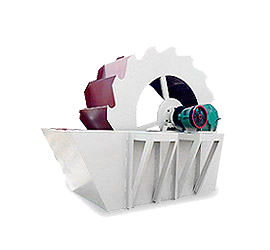A jaw stone crushing plant is a primary crushing setup that uses a jaw crusher to break down large rocks into smaller, manageable sizes for further processing. It is commonly used in mining, quarrying, construction, and recycling industries.
Key Components of a Jaw Stone Crushing Plant
1. Primary Jaw Crusher
– Breaks large rocks into smaller pieces (typically 6″ to 10″ down to 1″ to 2″).
– Common models: PE (Primary Jaw), PEX (Secondary Jaw), JC Series.
2. Vibrating Feeder
– Ensures steady material flow into the jaw crusher.
– Prevents blockages and improves efficiency.
3. Conveyor Belts
– Transports crushed material to secondary crushers or screening units.
4. Vibrating Screen
– Separates crushed stones into different sizes (e.g., 0-5mm, 5-20mm, 20-40mm).
5. Secondary Crusher (Optional)
– Cone crusher or impact crusher for finer crushing if needed.
6. Control Panel & Power System
– Electric or diesel-powered operation for remote or mobile setups.
7. Dust Suppression System (Optional)
– Reduces airborne dust for environmental compliance.
 Types of Jaw Crushing Plants
Types of Jaw Crushing Plants
– Stationary Crushing Plant: Fixed setup for long-term operations in quarries or mines.
– Mobile Jaw Crusher Plant: Wheel-mounted or track-mounted for on-site mobility.
– Portable Jaw Crusher: Compact and easy to transport between job sites.
Advantages of a Jaw Stone Crushing Plant
✔ High crushing efficiency with low energy consumption
✔ Simple structure & easy maintenance
✔ Suitable for hard and abrasive materials (granite, basalt, etc.
✔ Adjustable discharge size for different applications
Common Applications
– Quarrying & mining
– Construction aggregates
– Road base material production
– Demolition waste recycling
Would you like recommendations on specific models or configurations based on your project needs?




